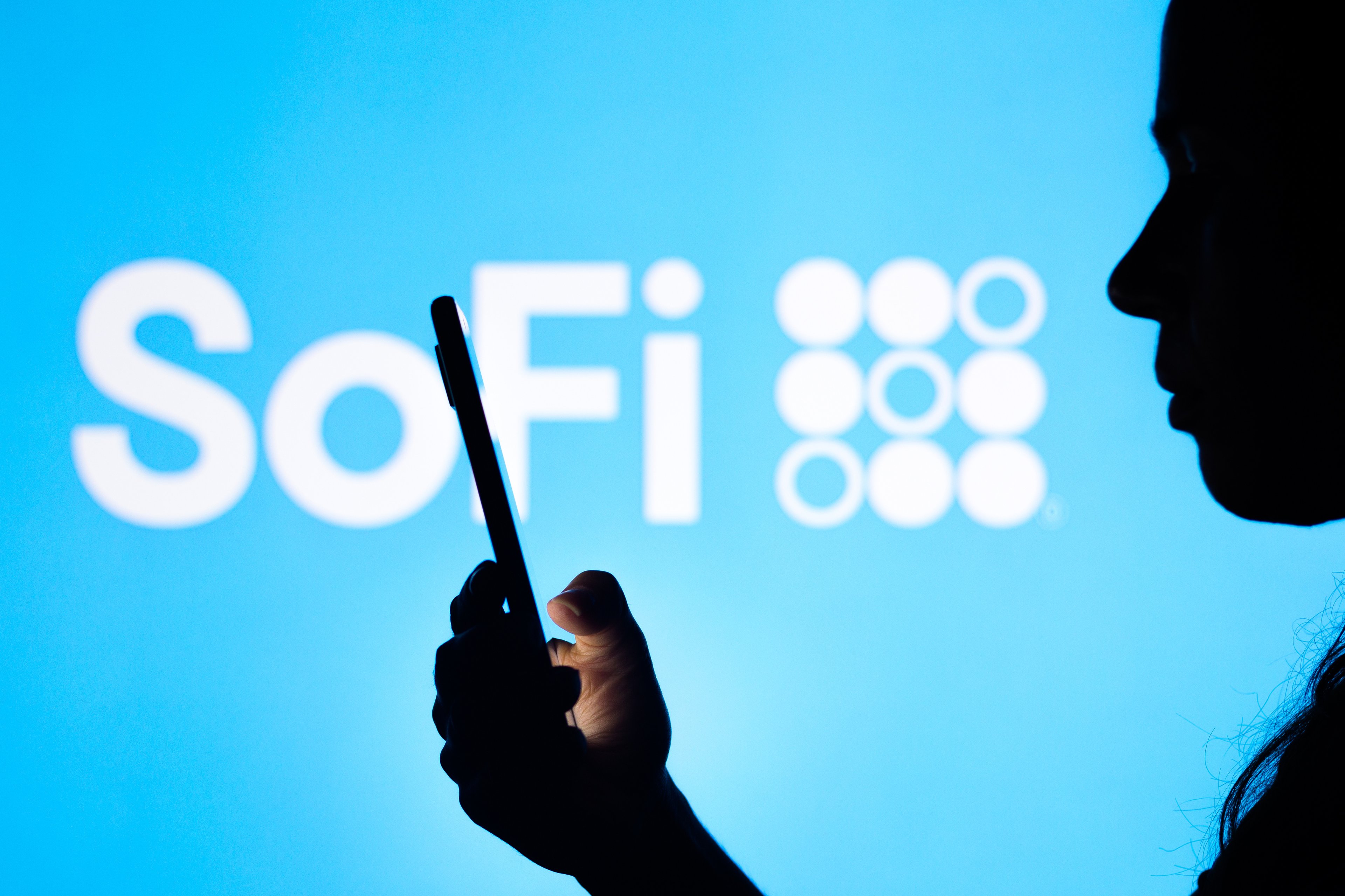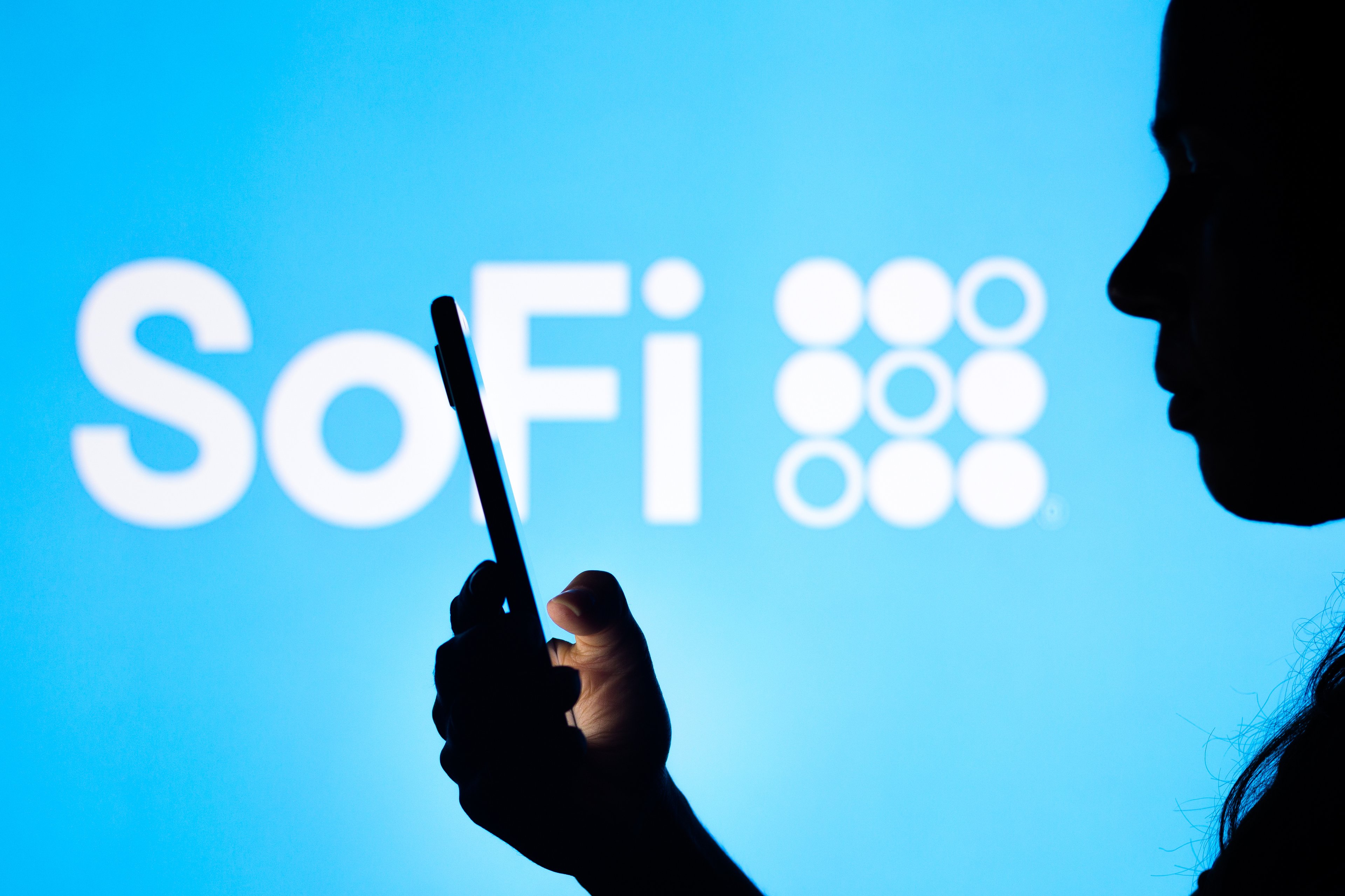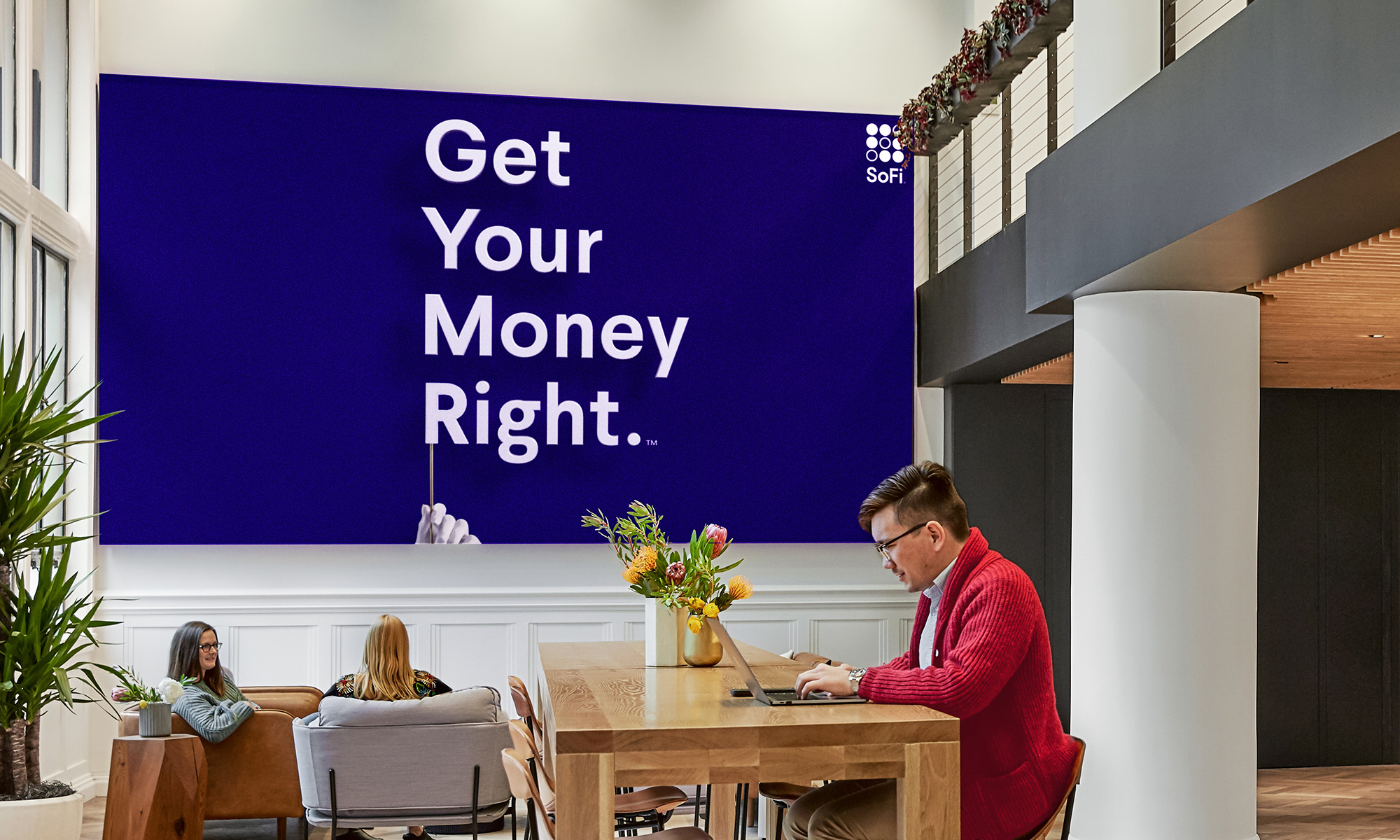SoFi (SOFI +0.99%) went public through a special purpose acquisition company, or SPAC, in early 2021 by combining with a blank-check company sponsored by Chamath Palihapitiya. Shares of the blank-check company started trading in late 2020 for $10, and SoFi currently trades for a little more than twice that amount. In this case, a $1,000 investment would be worth about $2,030 today.
However, you wouldn't have known you were investing in SoFi back then. The January 2021 announcement of SoFi's SPAC merger caused shares to rise.
If you had bought shares on the day of the merger announcement, you'd still be up, but not by nearly as much. SoFi spiked so high on news it was going public that your $1,000 in January 2021 would be worth $1,109 today.

Image source: Getty Images.
There have been plenty of opportunities to buy in the years since. In the 2022 bear market, SoFi traded for less than $5 per share at certain points. It's fair to say that many early SoFi investors, especially those who built their positions over time, have generated strong returns on their investments.
Why has SoFi performed better than most SPACs?
It's no secret that the majority of 2020-2021 SPAC initial public offerings (IPOs) haven't exactly been good investments, but SoFi is one of the notable exceptions. There are numerous reasons, but the short explanation is that the business has performed incredibly well.
About a year after the SPAC announcement, SoFi became a chartered bank and had less than 3.5 million members at the end of 2021. Now, it has more than triple that amount.
Adjusted earnings before interest, taxes, depreciation, and amortization (EBITDA) went from $30 million in 2021 to an estimate of nearly $1 billion for 2025. SoFi recently celebrated its first full year of GAAP profitability, a term that sadly hasn't been associated with too many ex-SPACs.






